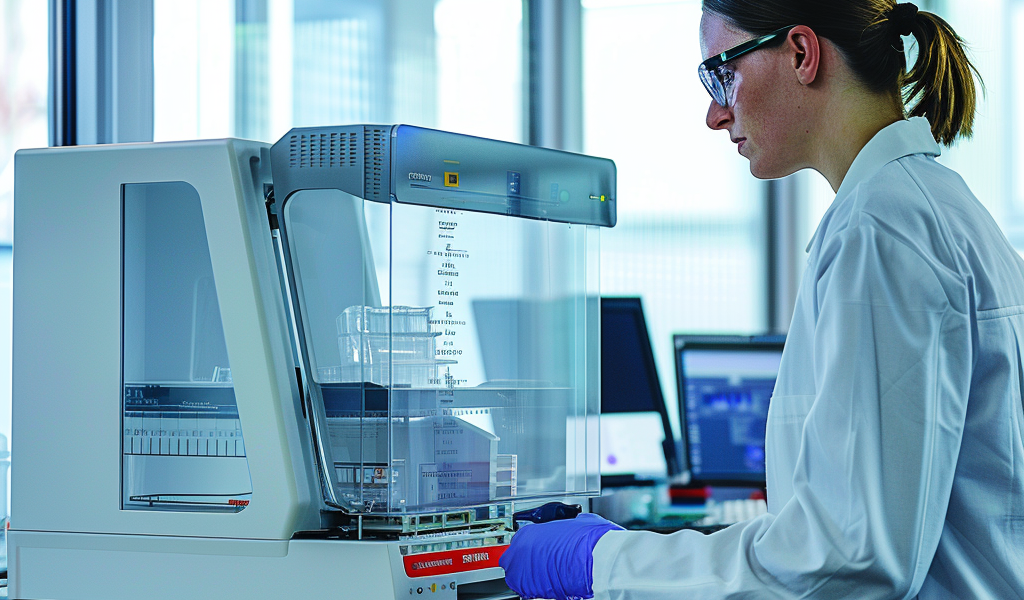A new analysis method developed by the University of California – San Diego has the potential to revolutionize pathogen detection in blood samples. The method, known as digital DNA melting analysis, boasts the ability to produce results in under six hours, significantly faster than the current standard method of blood cultures, which can take anywhere from 15 hours to several days.
Not only is digital DNA melting analysis faster, but it also shows promise in reducing false positives compared to other emerging DNA detection-based technologies. This advancement could have a profound impact on infection diagnosis and treatment, particularly in critical cases such as sepsis.
The significance of this breakthrough is underscored by the common scenario faced by parents and healthcare professionals when dealing with infections. The uncertainty of whether an infection is bacterial or viral often leads to the overprescription of antibiotics or delayed treatment. In cases of sepsis, the urgency of accurate and timely diagnosis is paramount, as delayed or inaccurate treatment can significantly increase the risk of mortality.
A pilot clinical study conducted on pediatric patients demonstrated the effectiveness of the digital DNA melting analysis method in detecting sepsis. The results not only matched those of traditional blood cultures but also provided faster detection, ranging from 7.5 hours to about 3 days earlier. Moreover, the method offers the additional benefit of quantifying the pathogen’s presence in samples, providing valuable insights for tailored treatment.
The underlying mechanism of digital DNA melting analysis involves universal digital high-resolution DNA melting, where specific DNA signatures are identified during the melting process. Machine learning algorithms then analyze the data to identify pathogens present in the samples, marking a significant advancement in pathogen detection technology.
The research team’s findings, published in The Journal of Molecular Diagnostics, mark a pivotal step in the application of digital DNA melting analysis to real-world scenarios involving suspected sepsis cases. This study holds promise for the future of pathogen detection and could potentially revolutionize the landscape of infection diagnosis and treatment.





